I climbed the Great Wall…sounds kind of like a kitschy phrase on a tourist t-shirt doesn’t it? Comparable to those awful “my girlfriend went to Europe and all I got was this lousy t-shirt” shirts. But I can’t stop saying it. “I climbed the Great Wall of China” is running through my head like a broken record. Maybe I like the way it sounds, maybe my brain is malfunctioning after a week of Beijing madness running on little sleep, lots of caffeine, and adrenaline, or maybe I’m still trying to wrap my head around the fact that I am one of the lucky ones. Whatever it may be though, here I sit on a plane back to America for Christmas and even during my on-again, off-again naps I’m mumbling “I climbed the Great Wall,” with a sleepy half smile plastered dumbly on my face. I mean, I actually took out my computer, just so I could see it in writing for Pete’s sakes. I climbed the Great Wall of China. Ok, that’s the last time I promise…probably...
Needless to say I had a lovely, wonderful, fascinating week in Beijing. It all began just over a week ago when I met Jacob at the Singapore airport at 12 midnight. I took the red-eye flight to Beijing International Airport where, upon arrival, I settled myself and my computer onto a comfy sofa with a Venti Starbucks coffee and prepared to wait for Jacob’s plane to arrive four hours later. It’s amazing how much time you can kill with nothing but Internet access and a Venti Starbucks coffee…
When Jacob arrived we took the Beijing Subway, and, knowing no Mandarin except the essential “hello” and “thank you,” we surprisingly made it to Sarah’s (our good PiA friend with whom we would spend the week) without any major set backs.
Sarah lives in western Beijing. In Chinese philosophy, the West is often associated with good luck, fortune, and prosperity. Beijing developed around this philosophy. The foreign embassies were forced to the eastern part of the city and the foreigners with them. Therefore, western Beijing is far more “Chinese” than its eastern counterpart. This phenomenon means it’s nearly impossible to live here, in the West, without knowing some basic Mandarin, if for nothing else than to buy groceries. Unsurprisingly, the restaurant Sarah took us to for lunch did not have an English menu, and Jacob and I were reduced to relying completely on Sarah’s basic Mandarin and the pictures to order.
Thankfully, most meals in China are eaten family style, so even if we did order something horrible, there was bound to be something good on the table as well. The spread we finally composed was a combination of kung pow tofu, a crepe-like pancake filled with spinach, egg, and cheese, a Chinese version of tortillas which we stuffed with an egg and something mixture, a pork dumpling for Jacob, and, of course, rice…all the traditional names of course.
After our late lunch, Jacob, Sarah, and I made our way back to Sarah’s where we exchanged our cultural and classroom experiences with Sarah, Ben, and Abby, the other PiA teachers in Beijing. After all the gossip, we had worked-up another appetite so it was off to the night market. Wangfujing’s Street’s night market, Donganmen, reminded me of a state fare...kind of…all the food was fried or on stick just like the food at Huron’s fall festival anyways. Among the fare were not only lamb kabobs, fried sweet buns, and a variety of drinks, but also sea horses, slugs, snakes, tarantulas, and even live scorpions. Needless to say, Jacob and I avoided the stingers and bugs in favor of a fried bun filled with banana paste and covered in sugar. Maybe not the healthiest option of the lot, but definitely the least scary.
Tuesday morning began with yet another food adventure, this time at “Easy Time-We have English Menu” café. Jacob and I were sold. After some pumpkin buns, flat, salty pankcake-esque buns, and white fluffy buns with egg yolk filling (again all technical names), Jacob and I were fully fueled and ready to tackle Beijing’s temples. First on the list: the Lama Temple, Beijing’s largest and best preserved temple. The Lama Temple is a working monastery and is one of the most important Tibetan Buddhist monasteries in the world. And while the monks at the Lama Temple follow the same yellow hat sect of Buddhism as the Dali Lama, they are required to reject Tibetan independence. (This is another story which I’m neither knowledgeable enough nor brave enough to delve into at the moment, but please feel free to do your own searching.)
Our visit to the Lama Temple was spent mostly in silence, in respect for the hundreds of worshipers flocking around the beautifully ornate five main halls and in awe as we wandered in and out of the many temples covering the monastery’s 16 acres. The most impressive of the five main halls lining the north-south axis of the monastery was the Pavilion of Infinite Happiness. With a name like that, how could I not love it? The 85 foot tall sandalwood carving of Maitreya that stood in the center of the pavilion didn’t hurt its majesty either.
After the Lama Temple, Jacob and I visited the less touristy, but no less impressive, Confucius Temple. This temple is the second largest Confucian Temple in China and is the place where people paid homage to Confucius during the Yuan Dynasty (1271-1368), Ming Dynasty (1368-1644), and Qing Dynasty (1644-1911). The fact that it is no longer a working temple made for an incredibility serene and peaceful experience, surrounded by impressive gold, red, green, and blue tiled temples, decorative awnings, and ancient trees. One item of note is the 700-year-old Chujian Bai (Touch Evil Cypress) in the temple grounds. Its name is associated with an ancient legend. During the Ming Dynasty, one day the superior official-Yan Song came to worship Confucius on behalf of the emperor. When he was passing by the cypress, one of the branches of the tree took his hat off. Since Yan Song was a treacherous official, people have thought the old tree could distinguish between good and evil people. Hence its name.
Our meditative tour of the temple was followed by a tea at the nearby Confucius Tea House, where we enjoyed the Wizard of Oz; aptly named as it was a bright green concoction of peppermint tea and white rum. Nothing like tea and a shot of rum to warm the soul.
The afternoon was spent lazily wandering through the hutongs, narrow gray alleys often associated with “old” Beijing, and stopping occasionally to sample tea or browse the souvenir shops. We climbed the Drum and Bell towers for a lovely view of the city before settling on a pair of cushy couches with some hot lemon water and French fries (you can take the girl out of America but you can’t take America out of the girl, I guess). After a lazy few hours, watching the day evolve into night, Jacob and I met Abby, Sarah, and Ben for a dumpling dinner Beijing style, complete with smoking patrons and customers yelling loudly for the bill.
Leaving the restaurant, we couldn’t see the moon, and unfortunately, it wasn’t because of the fog. Beijing is a beautiful gray city; one that looks strangely similar to Washington D.C. with its wide boulevards and flat buildings. The somber and professional but pristinely breathtaking atmosphere was only enhanced by the white winter air. However, the pollution often clouds the sky and poisons the air. The government rarely addresses the pollution problem, and in newspaper headlines, pollution is called usually “fog.”
Wednesday morning, Jacob and I lived an irony at the Summer Palace in the middle of winter. The Summer Palace is a sprawling 2.9 km of palaces, temples, gardens, and a large beautiful lake where emperors, empresses, concubines and friends would retreat to escape the everyday “hardships” of life as rulers in China. Famously, it served as a summer resort for Empress Dowager Cixi, who diverted 30 million taels of silver, said to be originally designated for the Chinese navy, into enlargement of the palace and the construction of a beautiful wooden boat painted to look like marble. We enjoyed some five hours meandering through the temples and palaces and along the winding garden paths before escaping the cold by heading to the Silk Market.
The Silk Market is notorious for its counterfit designer brands and lively atmosphere where vendors aren’t afraid to grab you by the arm, pull you into their stahl, and try their hardest to persuade you to to buy their “real Louis Vuitton” wallet for “very cheap price.” I myself, was not immune to their convincing pleas as I made my exit toting a brand new red handbag and flashing my new “Ray Ban” sun glasses. After a short hour long visit, Jacob and I left, bags in hand, to met Sarah, Alex (another PiAer in Beijing), and Alex’s roommates for more local cuisine and an even more “local” atmosphere, complete with not only the smoking and yelling patrons but also stahless, squatter, co-ed toilets.
Keeping with our crazy itinerary, Jacob and I woke at sunrise on Thursday morning to reach Tiananmen Square for flag raising and the playing of the Chinese national anthem. The square is the symbolic center of the Chinese universe. It is presently the largest city square in the world and has been the site of many significant events in China’s history. The most notable was in 1989, when a pro-democracy movement in China saw thousands of protesters gather there. Hundreds of protesters were killed by government troops in the streets leading from the square. The significance of Tiananmen and the somber feeling that pervaded my heart as I stood in the quiet morning watching the flags sway with the wind was in stark contrast to the Chinese tourists who happily ran here and there, snapping pictures of one of their nation’s most “patriotic” symbols from every possible angle.
Overwhelmed by the emotion of the significant memorial place in the dampness of the early morning, Jacob and I sought refuge in a nearby restaurant as the morning cold faded with the rising sun. We spent a long two hours sipping coffee, eating Buddha shaped cookies and fried rice, and reflecting on our experiences as of yet. After breakfast, we returned to Tiananmen and Mao Zedong’s Memorial Hall where we were able to, after enduring a high security check, view Mao’s preserved body. No, you didn’t misread. The day’s big events actually did kick off with a viewing of preserved Mao -- the infamous Chinese revolutionary and Communist leader pickled for all to see.
Mao’s Memorial Hall lies to the south of Tiananmn while the entrance to the Forbbidden City, with a large picture of Mao adorning its gate, lies to the north. On the east, is the Chinese National Museum, and on the west, our next destination, The Great Hall of the People. The hall is used for legislative and ceremonial purposes by the People’s Republic of China. It looks interestingly like our Congress and Senate buildings in the U.S. It was here also, that Jacob and I were bombarded for the second time today with Chinese tourists who wanted their pictures with the Americans.
In the afternoon, Jacob and I walked down another beautifully simple gray brick road and took rickshaws to the Temple of Heaven, Beijing’s most recognized symbol. The Temple of Heaven is a lovely temple where the emporeres would pray for a good harvest. The complex includes an echo hall in which one person can stand on one side and whisper into the wall and another person can hear what the person said on the other side. There is also a building in which you can stand in the center and sound like you are speaking into a microphone, due to the way the acustics work in the area.
The best part about the Temple of Heaven is not the buildings, however, but instead it is the people. Groups of people dance in the center courtyard while others gamble and play cards nearby; some participate in group exercise while young children play hopscotch and fly kites. The language barrier didn’t prevent a group of elderly women from inviting Jacob and I to join their dance party, nor did it stop an elderly man from playing a hoops game with us (which basically involved Jacob jumping like a seal to catch hoops around his neck and me taking pictures when I wasn’t laughing hystarically). After the game was over, the man continued to lay the “olympia” rings on the ground and asked us, with hand signals, to take a picture with him and send it to him by pasting the address he gave us onto an envelope. It is in these moments you realize that people are people -- we all share a common human desire to find a connection with others despite our differences.
Before seeing an acrobatic show, which was very similar to Circ de Soleil with less extravagent sets and costumes, Jacob and I pulled the American card again and sat down for dinner at a Pizza Hut delivery place. We also saw the CCTV building before heading home, exhausted from our busy day.
We got a late start Friday and officially started our day with a hot pot lunch near Ben’s office. Hot pot is not only food but is also an experience. Boiling broth is placed in front of every person as are mounds of chicken, beef, tofu, and vegetables which you drop into your individual pots and then proceed to cook your own soup. The flavor of your broth depends on the ingredients you choose to add to your own pot.
Warm and fueled from lunch, we spent the afternoon wandering around Bei Hai, an island park before retreating from the cold for the long train ride to the Olympic Park. We ended the day with a visit to the Water Cube and Bird’s Nest; surreal because I had seen the two famous buildings so often during the 2008 summer Olympics. In the evening, the PiA crew took on the town and met some of Beijing’s expat community before turning in to prepare for the big day ahead.
On Saturday…ok I’m going to say it one more time…I climbed the Great Wall. Colin, Jacob, and I met early and hired a car to drive us to Mutainyu where we grabbed a Cup O’Noodles in Colin and Jacob’s case and a latte and apple in my case for fuel before starting the hike up the mountain. We spent a breathtaking afternoon wandering along the great wonder, sometimes in such awe we wouldn’t speak for several minutes.
Our guidebook says of the site: “Besides its strategically important location and compact layout including 22 towers, the Mutianyu Great Wall is also famous for the breath-takingly beautiful scenery. Woods cover over ninety-six percent of the total scenic area. The wall presents different aspects of beauty in the four seasons. Flowers bloom all over the mountains in spring. Grasses dress the hillside green in summer. Trees are laden with sweet fruits in autumn, and especially in October, leaves are turning red or yellow, touching the mountain tops with gold. In winter, the wall is covered by snow, making it seem more magnificent. The pine trees around Mutianyu Great Wall are well-known. There are more than 20 pines over 300 years old and about 200 pines over 100 year old. Besides, spring water at the foot of the wall tastes pure and fragrant, much appreciated by visitors.” The wall more than lived up to expectations.
We rode the cable cars down from the top of the world (both literally and figeratively) and hopped in our “Special Car” for the return trip to Beijing. (As a side note, our car driver was a really sweet old Beijinger whose card said “Beijing Special Car; I drive you to great wall and waiting until you return”…so sweet.)
After grabbing some stew, bread, and stir fry vegetables, we all took a quick nap before meeting for…food of course. This evenings meal was at a noodle bar where the noodles were pulled by hand and made right in front of us. We capped the night with a beer at an Irish bar…seemed oddly appropriate.
As a grand fanalie, Jacob and I spent our final day exploring the Forbidden City. The Forbidden City was the Chinese imperial palace from the Ming Dynasty to the end of the Qing Dynasty. For almost five centuries, it served as the home of the emperor and his household, as well as the ceremonial and political centre of Chinese government.
The complex consists of 980 surviving buildings. The buildings exemplify traditional Chinese palatial architecture, and it has influenced cultural and architectural developments in East Asia and elsewhere. In addition to the beautiful temples and palaces we saw the nine dragon screens, some lovely gold sculptures from the Qing dynasty, and the well into which Empress Cixi supposedly had her nephew’s favorite concubine thrown.
Our final evening was spent gathering the last of our souvenires from the Silk Market and eating another family-style meal before saying our goodbyes. And that’s all for now folks. Because here I am…back in the U.S. of A. and slowly adjusting to the time difference and even more slowly to the blizard raging outside my window right now.
TIA from the U.S.A. and See You Soon,
Rachel



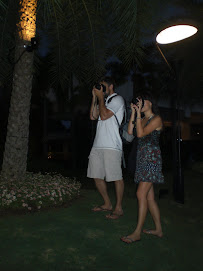

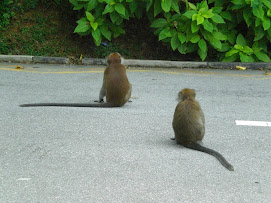
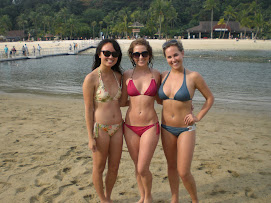

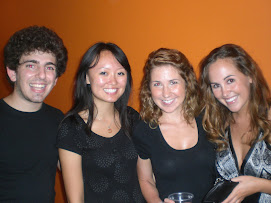

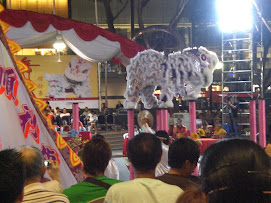
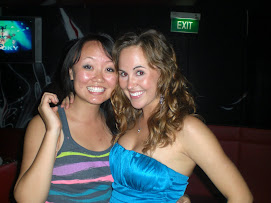
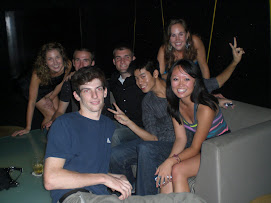
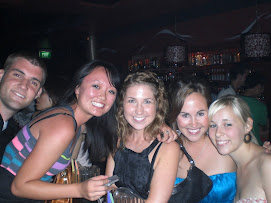

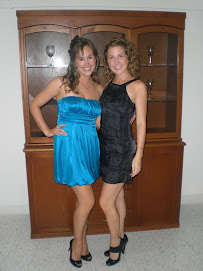


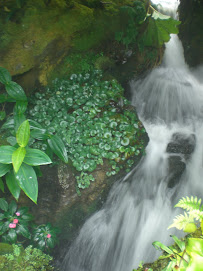

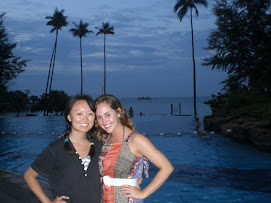
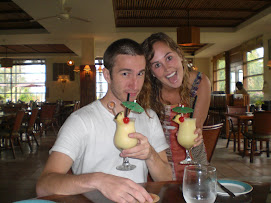
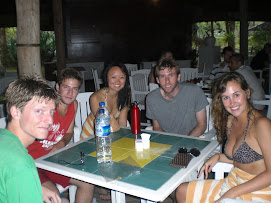
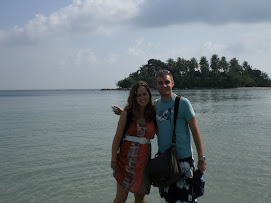
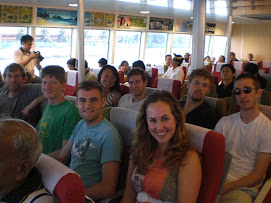
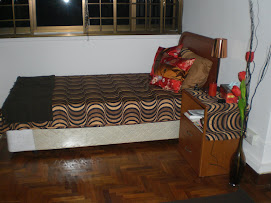
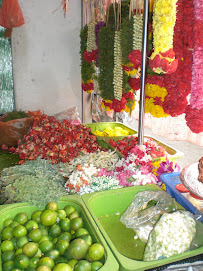


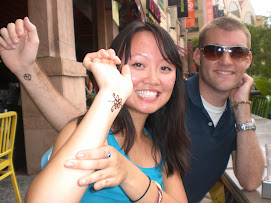
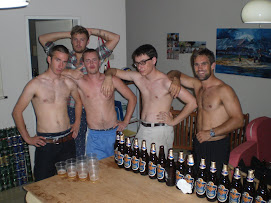
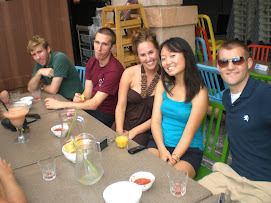
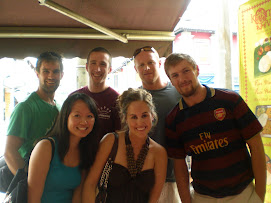


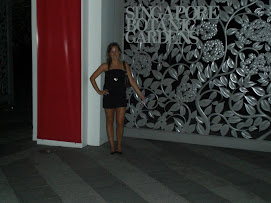
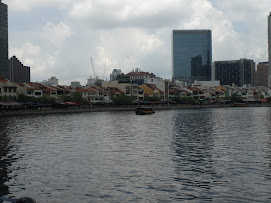
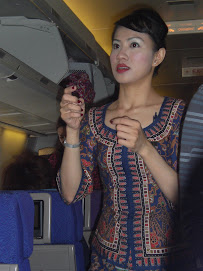


No comments:
Post a Comment